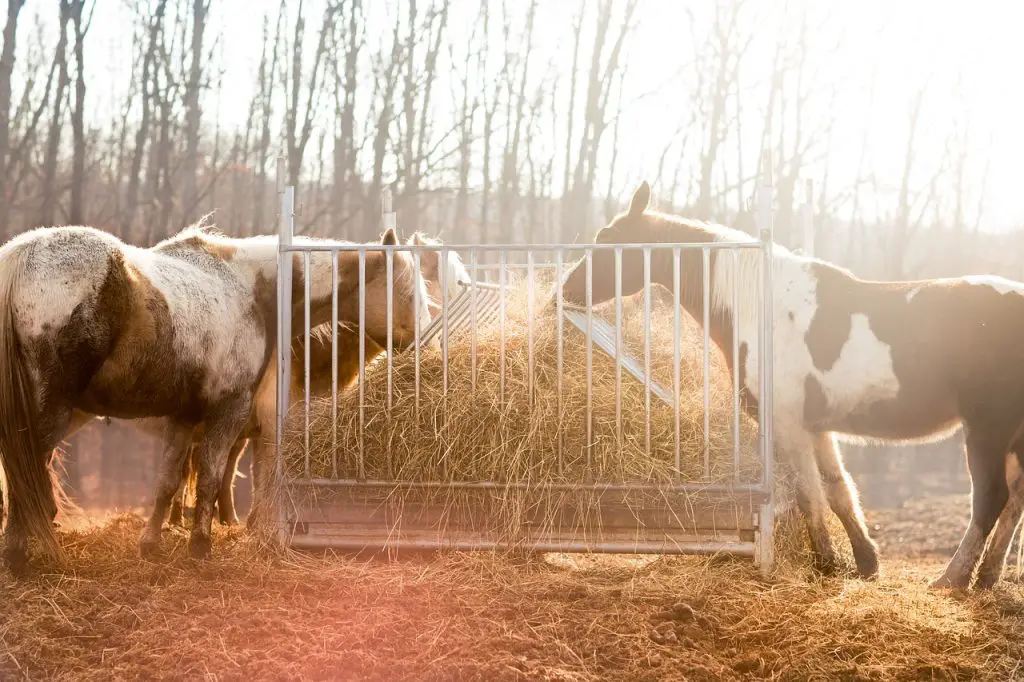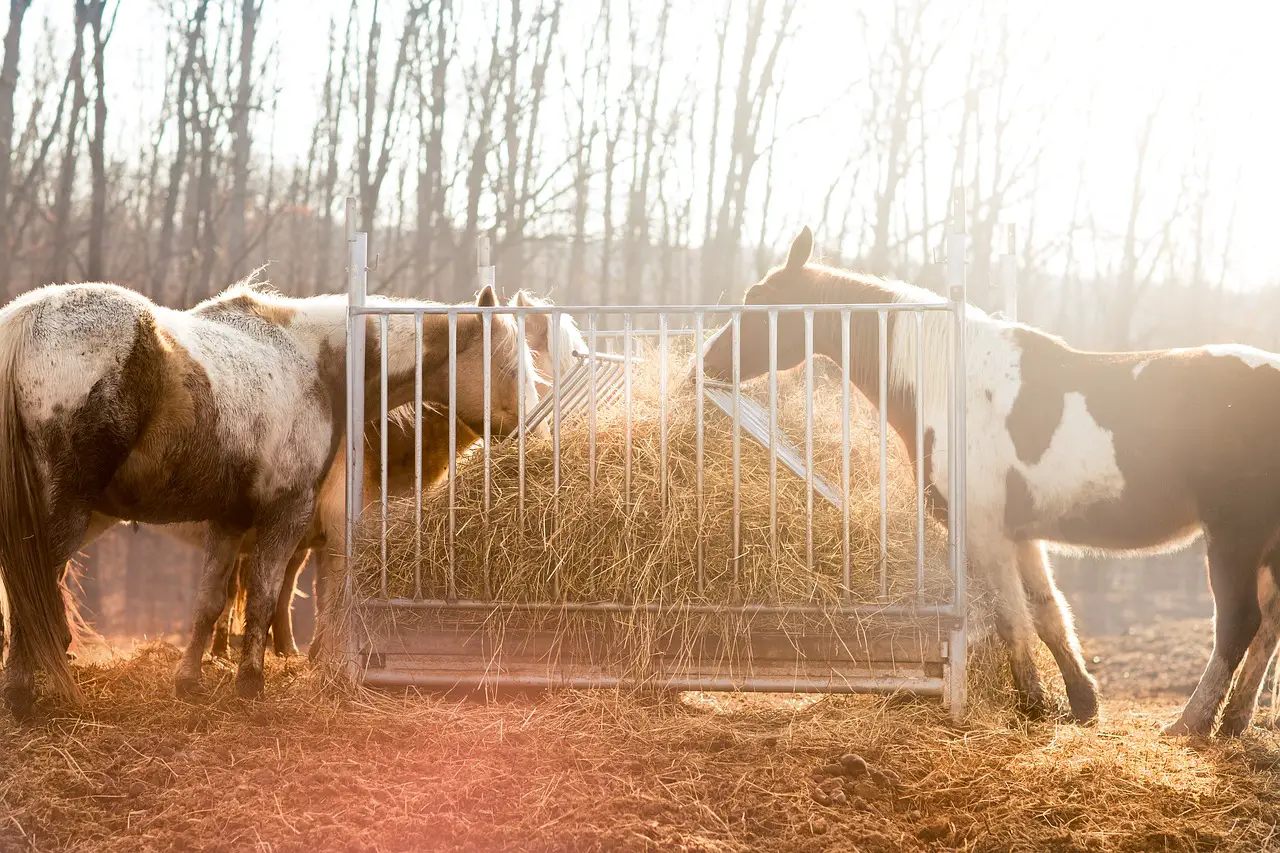Last Updated on March 23, 2022 by Allison Price
Horses’ digestive systems are best if they have a constant supply of fibrous material. Chaff is a form roughage. It is made by cutting up hay into smaller pieces. Chaff can be added to horses’ feeds as a concentrate. This allows the horse to eat the chaff with their forage. This can slow down the intake of concentrate and increase chewing time. Concentrate enters the stomach more slowly and in smaller quantities. This allows simple carbohydrates to be fully absorbed into the small intestine. Chaff is easier to digest than hay, so it’s great for both young and old horses.

You should consider the nutritional content in the chaff you are feeding. There are many horse chaffs that contain different types of fibre. It is important to choose the right type of chaff for your horse. Although chaff is generally fed in small quantities, the protein and sugar levels of different brands can vary significantly and could have a negative impact on your horse’s overall health. For various reasons, chaff may sometimes be added to molasses, oil or mint. These additives can also have an impact on your horse’s overall health, so it is important to consider.
Here are some common types of chaff that horses might use:
Wheatenchaff has a high fibre content and can be used to make a low-energy roughage. It’s a highly digestible feed source that can provide horses with a great source of roughage. However, wheaten chaff made from wheaten from a cut crop may have a high amount of sugar. This can raise the energy content. An analysis of wheaten chaff can reveal nutritional levels like: Protein 4.00%; Calcium 0.27%; Phosphorus 0.0.07%; Crude Fibre 37.9%; Energy Mj/kg 6.0%.
Oatenchaff has a high fibre content and is considered to be more soft, sweeter, flatter, and more delicious than wheaten chaff. Oaten chaff is also high in sugar, starch, and low mineral levels. Oaten chaff can be more palatable if it has a higher sugar content. This also increases its energy content. Oaten chaff can be analysed to determine nutritional levels. This could include: Protein 4.00%; Calcium 0.23%; Phosphorus 0.0.06%; Crude Fibre 35.00%; Energy Mj/kg 7.5%.
Lucerne chaff is very rich in protein, calcium, and many other vitamins. It is often lower in starches and sugars that many cereals or grass chaffs. Lucerne chaff also has a high digestible energy content. Lucerne chaff can vary in its mineral and phosphorus content depending on where it was grown. An analysis of Lucerne chaff can reveal nutritional levels like: Protein 21.0%; Calcium 1.40%; Phosphorus 0.26%; Crude Fibre 25.2%; Energy 57.6%.
Meadowchaffvarieties usually contain a mixture of all types of grass harvested. This means that the amount of protein and minerals in meadow chaff can vary widely. The protein and energy levels of grass harvested later (mature) are lower. There are grass chaffs that are specific to certain species. Timothy Chaff is one of many grass species that can be found in Australia and New Zealand. It is lower in protein and sugar than Lucerne. It is also lower in non-structural carbs, which is great news for horses who are prone to metabolic problems such as insulin resistance or laminitis.
Chaffs can be fed as part of a complete, but not complete, diet. To help ensure a balanced nutritional diet, you might consider adding a vitamin/mineral supplement or Ration Balancing to your horses’ diets.



